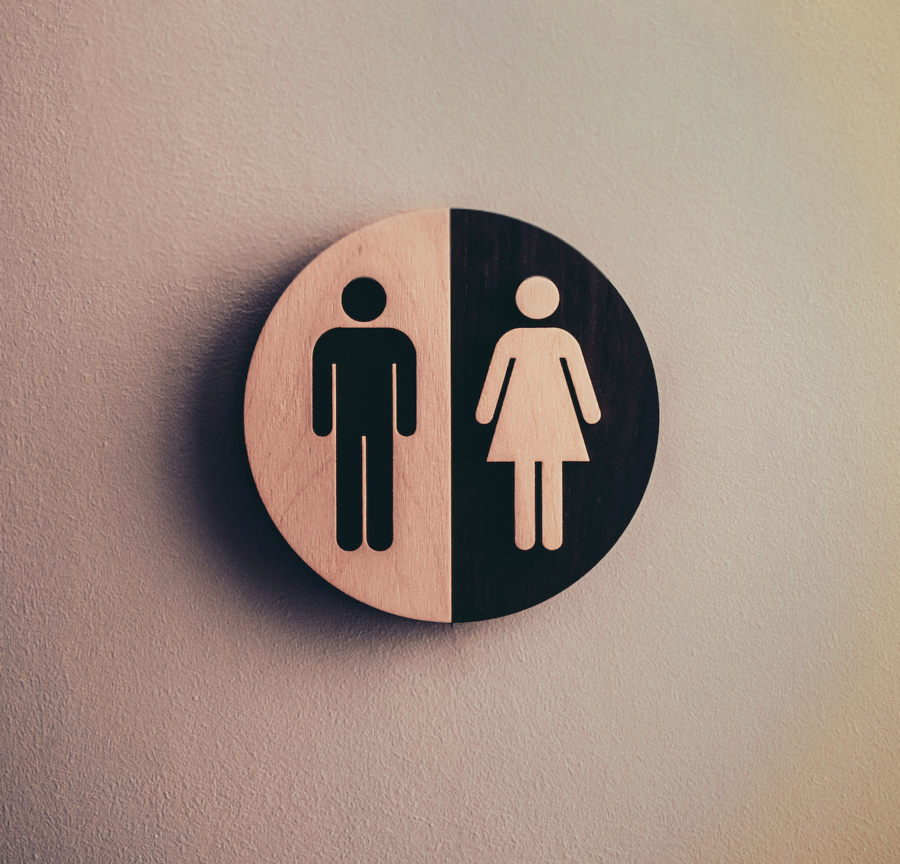What is gender contamination and how does it affect you?
September 30, 2021
Gender contamination is the idea that a brand that mostly promotes to one gender should not promote the same product to another gender. This term was coined by Jill J. Avery, lecturer at Harvard Business School. This can be harmful by encouraging gender norms and discouraging inclusivity.
Many brands market their products towards one gender, but that does not mean the opposite gender is unable to use it. However, not everyone shares the same ideals and it is more common with men.
Coca-Cola is one example of how gender contamination has affected brands. According to Harvard Business School, when Coke released Diet Coke, it was instantly popular with women. Coke saw this popularity and tried to spread it to men, but many male consumers did not want a product that they thought was for women. This caused Coke to release Coke Zero, which was marketed towards men by being packaged in a black can.
Seeing the success of this strategy, Pepsi created Pepsi Max, that was similar to Diet Pepsi, but targeted towards men. Dr. Pepper took this a bit further by releasing Dr. Pepper Ten with the slogan, “It’s Not for Women.”
In these examples, men do not want to be associated with products or use products that are considered “girly.” In response to this, some brands have resorted to marketing extreme gender stereotypes, so some products are for “manly men” and others are for “girly girls.” This represents typical female products as weaker and cuter and male products as tougher and more mature. Femininity may unintentionally be looked down on because of this.
“On its own, gender contamination may not feel like a big deal, but seeing it over time, these moments of masculine products working so hard to bound itself as distinct from femininity, that masculine is default and feminine is lesser just adds to ongoing messages of values,” Cassandra Collier, Iowa State women’s studies professor and sociology and criminal justice lecturer said.
Gender conformity is heavily seen through the gender contamination of products. Marketing an extreme stereotype leads to expectations of those stereotypes being met, or of them being seen as the norm. People who use these extreme marketed female products may be expected to act girly and frilly, while people using extreme marketed male products may be expected to act manly and tough.
Oftentimes when a man uses a female marketed product they have women buy it for them or they do not tell other men that they use them, according to Slate News. This was seen in 2010 when one-third of men used Dove soap, even though it was marketed more towards women. This caused Dove to create a soap targeted for men so they no longer hid the fact that they use the product.
Slate News said, “Gender contamination captures the cultural disapproval that takes place when objects seen as having a strong gender identity are used by the wrong gender.”
More information can be found through the Iowa State women’s and gender studies program.







